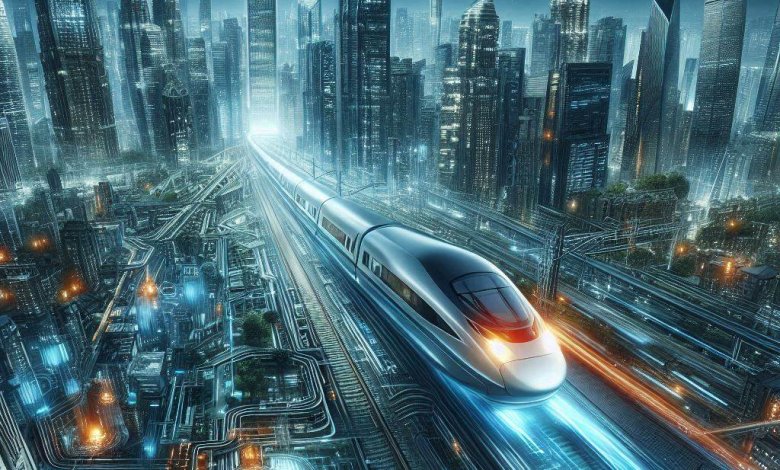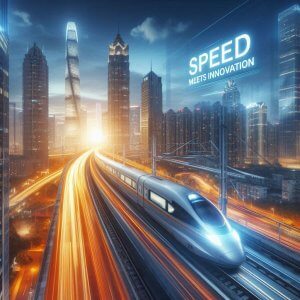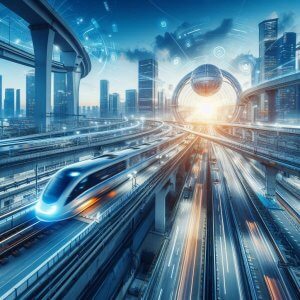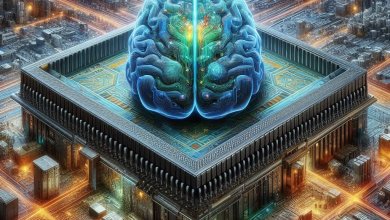
China has come to be a international chief in rail transport, now not outstanding for the sheer duration of its railway network, however for the superior era that powers it. From bullet trains traveling at file-breaking speeds to smart scheduling structures and inexperienced improvements, China’s rail corporation is remodeling the manner people flow—correctly, efficiently, and sustainably.
A Giant Leap: High-Speed Rail in China
China’s immoderate-pace rail (HSR) community is the most important in the worldwide, stretching over forty,000 kilometers as of 2025. The crown jewel of this device is the Fuxing Hao (due to this that “rejuvenation”), that would run at speeds of as hundreds as 350 km/h (217 mph) and is in fact superior with the useful useful useful resource of Chinese engineers.
Unlike conventional trains, excessive-pace trains in China are built with streamlined designs, moderate-weight substances, and superior aerodynamics. These trains use electric powered powered powered powered powered powered multiple gadgets (EMUs), which distribute the strength in some unspecified time in the future of severa motors as an opportunity of having a single locomotive, considering smoother and quicker rides.
Advanced Control and Safety Systems
Safety is a top precedence in China’s railway tool, and it’s subsidized via present day-day technology. The u . S . Uses a complex train manage device known as CTCS (China Train Control System), similar to the European Train Control System. CTCS guarantees particular conversation amongst trains, tracks, and manage facilities. It robotically adjusts train speeds, enforces braking if favored, and lets in keep away from collisions.

AI and huge information are also protected into monitoring systems. Trains are prepared with sensors that check for overheating, tune situations, and trouble placed on in real time, allowing predictive safety and lowering accidents.
Smart Stations and Seamless Travel
Technology isn’t in reality within the trains—it’s everywhere in the stations too. Many vital railway stations in China now use facial reputation for ticketing and protection, speeding up the boarding manner. Passengers can stroll through gates with out displaying a paper rate tag. Digital suggests and cellular apps offer actual-time updates about arrivals, delays, and platform modifications.
Mobile payments collectively with WeChat Pay and Alipay are not unusual for the whole thing from booking tickets to attempting to find meals on board, making sure a very digital excursion experience.
Green Technology for Sustainable Travel
China’s rail machine isn’t virtually rapid—it’s green. Most of the HSR network runs on power, which considerably reduces the u . S . A .’s reliance on fossil fuels. Many trains are powered with the aid of way of manner of the usage of using renewable electricity belongings, together with wind and sun, making them a sustainable possibility to air and avenue adventure.
Efforts also are being made to reduce noise pollutants and enhance strength normal wellknown ordinary performance. New educate models consist of power healing structures that convert braking strength lower all over again into strength for reuse.
Looking Ahead: Magnetic Levitation and Beyond
China isn’t stopping with wheels on tracks. It is actively developing maglev (magnetic levitation) trains, which go together with the go with the glide above the tracks and are able to reaching speeds over six hundred km/h (373 mph). In 2021, a prototype maglev train have grow to be unveiled in Qingdao, displaying in truth how an prolonged way the united states is pushing the boundaries of transportation technology.

Conclusion
China’s investment in railway era has not extremely good superior adventure instances but furthermore redefined what contemporary-day-day-day public transportation can gather. Through innovation, integration of AI, green practices, and clever infrastructure, China is popping its trains into symbols of national pride and global manage. Whether for each day commuters or global tourists, the future of rail is already proper right here—and it is driving via China.




